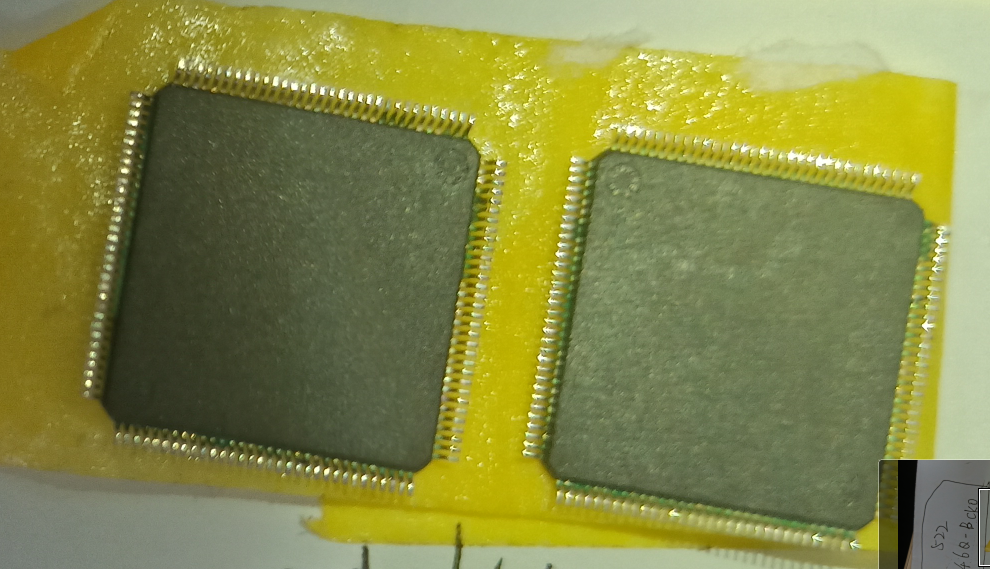I find that the tm4c129encpdt on the board which the client sent back became green as below。 can somebody tell me why?
-
Ask a related question
What is a related question?A related question is a question created from another question. When the related question is created, it will be automatically linked to the original question.


